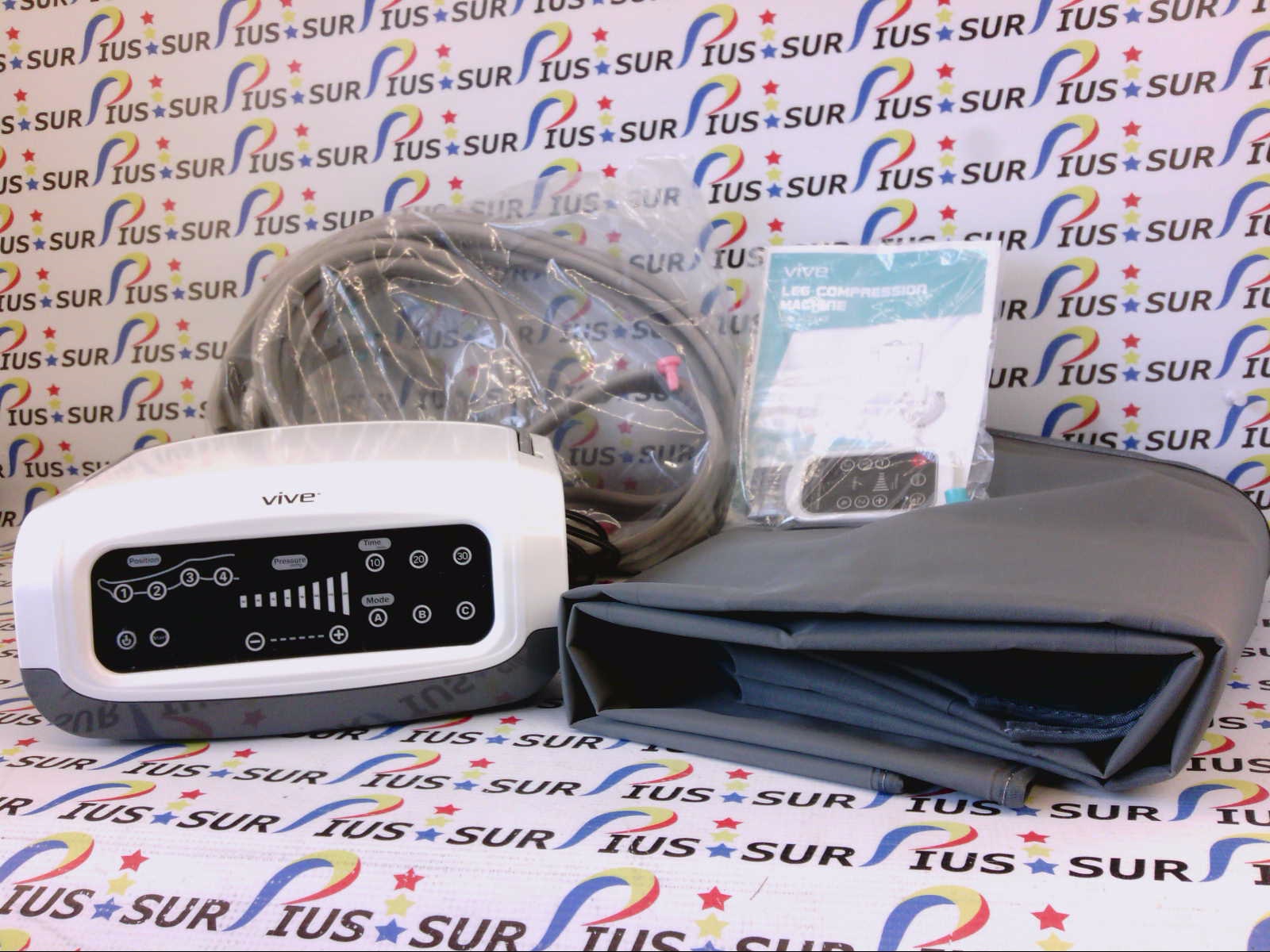
Changes have been observed in the femoral vein, as a result of calf and thigh compression, 10–17 and of foot compression 14–19 in the popliteal vein due to calf compression, 13,15,16 and foot compression 13,15,16,18,19 and in the posterior tibial vein after foot compression. The size, duration, and profile of that augmentation will be dependent on the particular compression system that is used. Intermittent compression systems augment blood flow in proximal veins for a short time, while they compress. What Effect Do Intermittent Compression Systems Have on Venous Blood Flow Velocity? This article does not seek to endorse the product of any particular manufacturer, and all the types of compression discussed are available from several different manufacturers. In the case of typical flow velocities, or particular garment types (foot/calf/calf and thigh), references are prominent examples of publications from major journals that give sufficient data, and not every study that, for instance, has ever used foot compression. The objective of this review was not to provide meta-analysis, or a systematic review, but rather to answer specific questions that have been posed to the authors during several years of research into the topic therefore, references are given to those papers that specifically address the questions. There was thorough follow-up of references quoted in the selected papers for publications not identified through Medline. The aim of this review is to use the assessments of systems that have been made and published since the first systems were tested in the early 1970s to answer some common questions on flow properties, principally in relation to intermittent compression, and to determine the relevance of those data in preventing DVT.Ī Medline search was performed for 1970–2002 to identify all publication relating to mechanical prophylaxis of DVT, and those papers analyzing flow effects of the systems were selected.

Properties of that pulse of flow, such as its peak velocity, duration, and percentage augmentation, can easily be assessed with Doppler ultrasound and have always been a source of competition between compression devices. On deflation of the cuff, the veins will refill, and due to the intermittent nature of the system will ensure periodic flow of blood through the deep veins, so long as there is a supply. 7–9Īll intermittent compression systems have a simple main objective, and that is to squeeze blood from the underlying deep veins, which, assuming that the valves are competent, will be displaced proximally. Electrical stimulation had been used to produce muscle contraction, to stimulate the natural muscle pump, 4–6 but the intermittent compression methodology that already existed for treatment of lymphedema was soon adapted as an alternative that was more suitable for postsurgical application, since it was painless. 1–3 The so-called “triad” (stasis, vessel damage, and hypercoagulability) are still accepted influences on thrombogenesis, but it was prevention of stasis alone that drove the development of intermittent compression for prophylaxis of DVT. The link between blood flow velocity and DVT is over a century-and-a-half old, since Rudolf Virchow not only first described DVT and the subsequent risk of pulmonary embolism, but afterward also deduced the causal factors. The origins of the innovations in pump and cuff design are rooted in analysis of blood flow effects. There is no doubt that intermittent compression prevents DVT, but does it require anything more than squeezing the leg once a minute? Therefore, it is important, when choosing a system for patient care, to understand the hemodynamic reasoning behind its attributes, the validity of those claims, and any medical implications, before cost and compliance are considered. These different attributes naturally have cost implications, and, more importantly, possible influences on patient compliance, which is critical with these methods of prophylaxis the longer they are used, the better the protection. Although in essence all systems rely on a pump periodically inflating and deflating air bladders within cuffs that are wrapped around the limb, the cuffs can cover the calf, or a whole leg, or just the feet, can inflate uniformly, or sequentially with graded pressures, and can have rapid or moderate inflation rates. However, intermittent compression devices, in particular, have developed into a great variety of forms, with little general understanding of the relative efficacy of specific systems. Mechanical methods of deep vein thrombosis (DVT) prophylaxis have, over the last 30 years, gained widespread acceptance for surgical patients and are beginning to become popular in long-distance travel.


 0 kommentar(er)
0 kommentar(er)
